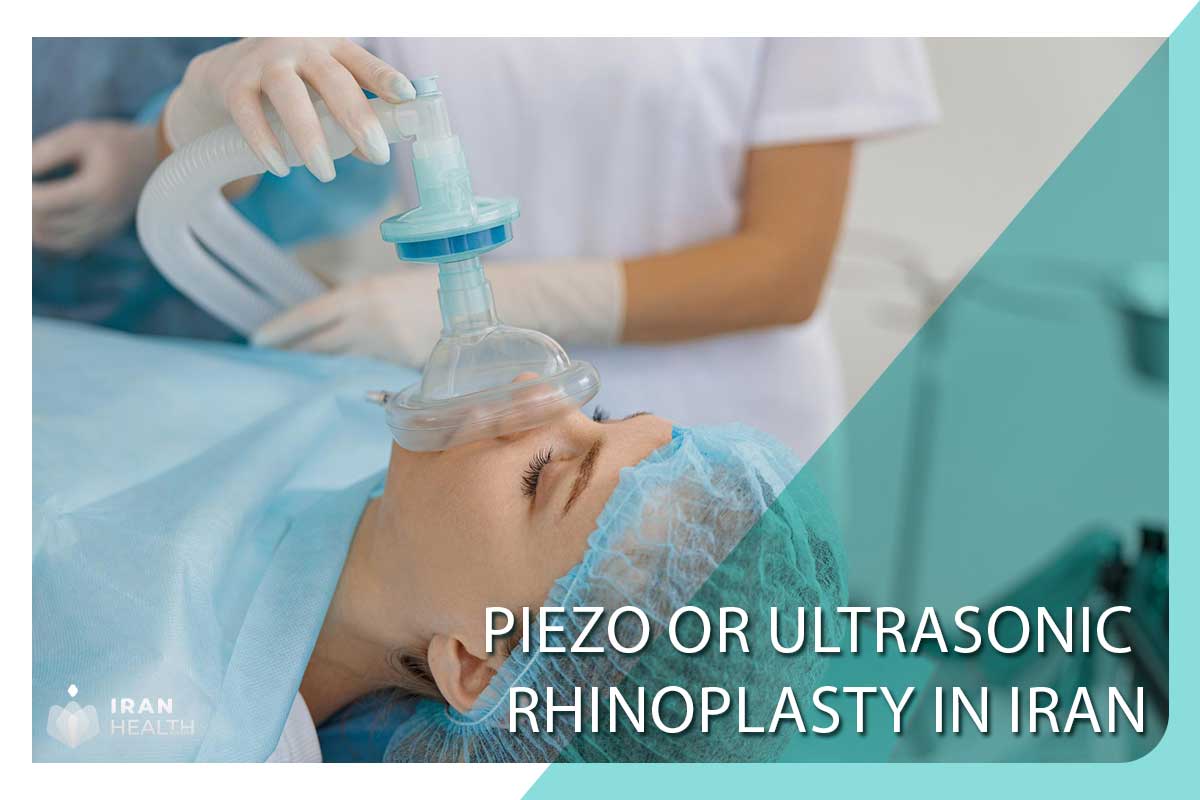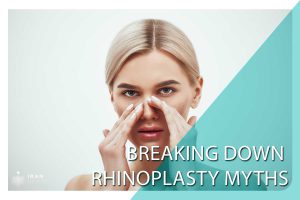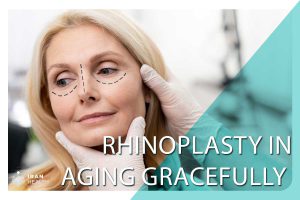Piezo rhinoplasty cost in Iran is the technical name for ultrasonic rhinoplasty. This is a new form of rhinoplasty that avoids hammer and chisel techniques to reshape the bones of the nose. Provides greater precision and reduces unwanted trauma and soft tissue damage that can occur with traditional rhinoplasty techniques.
Ultrasonic Rhinoplasty in Iran: Precision Redefined for Aesthetic Enhancement
How does piezo rhinoplasty in Iran work?
This form of rhinoplasty avoids hammers and chisels, which are relatively crude instruments. Instead, a piezo to me is used to reshape and decrease the nasal bones.
A piezoto me is a specialized instrument that transmits ultrasonic energy to the bone without damaging the surrounding soft tissue.
Because the energy is specifically transferred to the bone, there is no damage, which means that the swelling and bruising of the soft tissue is reduced. The piezotome device comes with various attachments in the form of sculpting tools that are used to reshape the bone.
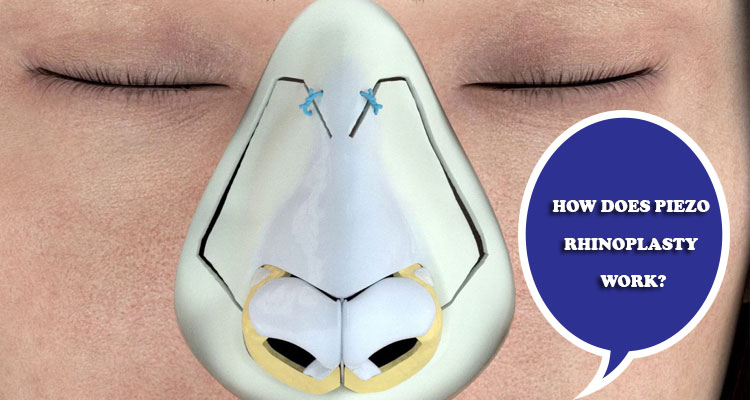
A common concern for most rhinoplasty in Iran patients
Most patients who want to undergo rhinoplasty have similar concerns. They think that their nose is too big and does not match the shape of their face. This is the rhinoplasty in Iran that makes the nose smaller.
Common features of a large nose can be the presence of a large hump, broad nasal bones, a bulbous nasal tip, and / or the position of the wide nostrils.
Extra cartilage and bone in the nose should be managed to make the nose smaller. Nasal bone management is basically done in one way: using rasps, hammers and surgical chisels to lower the hump and narrow the nasal bones. In 2004, this altered with the introduction of ultrasonic or piezoelectric nasal surgery by. This technique uses a device that uses high-speed sound waves to vibrate the small cutting tip inserts.
How Ultrasonic Rhinoplasty in Iran is Different
Piezoelectric inserts (PEIs) have the ability to selectively act on hard bones and / or cartilage without damaging soft tissues: skin, mucosa, and loose cartilage such as upper lateral cartilage and lower lateral cartilage. The important point is that the fracture lines created by PEI are very precise and eliminate the risk of radiation fracture lines encountered with in traditional rhinoplasty instruments.
The theory is that with less trauma around you, you will reduce the amount of surgical bleeding, bruising after surgery, swelling and pain from rhinoplasty, and at the same time create a more accurate cosmetic result. This should result in less need for revision surgery. The current national revision rate for rhinoplasty is over 30%.
Ultrasonic rhinoplasty is slightly different from traditional rhinoplasty because your surgeon has to remove the skin of the nose more widely to fit the device. Also, this device can be used only in open nose surgeries. Open nose job require external incisions of the skin to expose the structures of the nose.
Opponents of open rhinoplasty point to increased swelling and scarring at the tip of the nose to make the open incision in the columella of the nose. Future advances in ultrasonic technology will allow patients who wish to have closed (or endonasal) nose job.
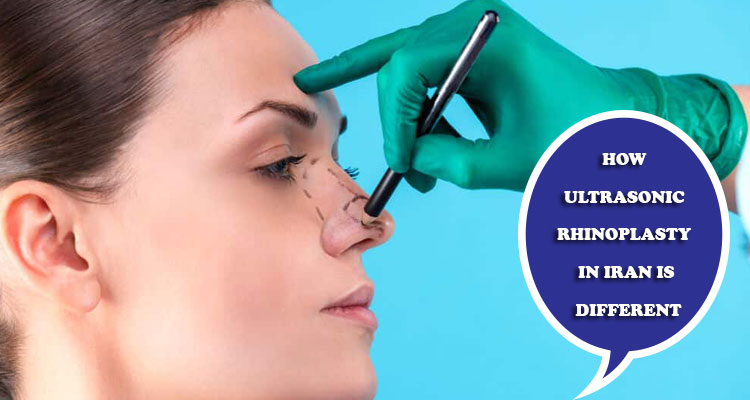
Am I suitable for piezo nose surgery?
This tool is designed for nasal bone sculpting so it is only suitable for patients who need to reduce or adjust to their nasal bones. This can include reducing the bony hump, adjusting bone deviations or bone irregularities, and narrowing the bony midvalt.
This technique is not suitable for adjusting the tip of the nose and cartilage, which is usually done using suturing and grafting techniques. The piezotome does not cut or reshape the cartilage because only high bone density allows energy to be transferred. So if you only need tip surgery, a piezotome is not suitable
Another important factor to consider is that piezo rhinoplasty should be performed with the open method and cannot be used with the closed method or inside the nose. This is because the tools are not tall enough and direct bone visualization is required to sculpt the piezo bone sculpting. However, the benefits of using a piezotome for rhinoplasty outweigh the minimal scarring that is imperceptible.
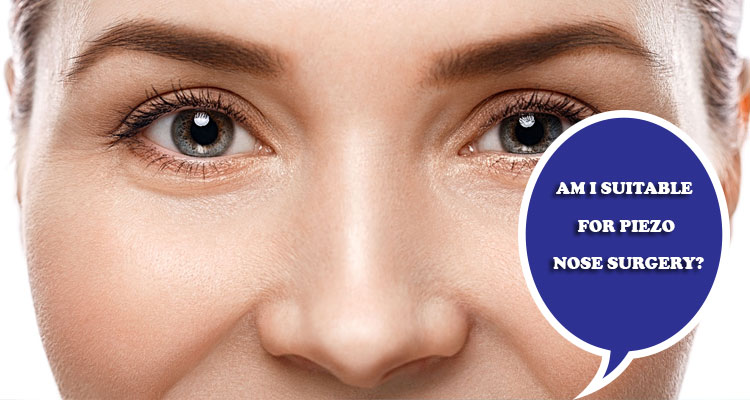
What is the recovery after piezo nose surgery?
There is little or no pain after surgery. Bruising is also significantly reduced. The nasal splint is routinely needed to hold the nasal bones in place during the initial healing period. This splint is removed roughly 1 week later. At the time of splint removal, most patients experience little or no bruising.
However, it should be borne in mind that since a number of different structures change during rhinoplasty, it still takes about a year for the final result to be seen after complete recovery. Unfortunately, there is no quick fix to the final result, but there are certainly advantages in the initial recovery period and in the accuracy of the technique, which offers advantages in the quality of the results obtained.
Benefits of Ultrasonic Rhinoplasty
This method has many advantages compared to previous methods. It can be considered a new bridge to progress in cosmetic surgery. This technique gives surgeons more control and precision to perform rhinoplasty.
With the help of this technique, nose surgery has become a safer method for patients and more predictable results can be expected in rhinoplasty. This method reduces the amount of bruising and pain in patients and increases the possibility of healing their scars after rhinoplasty.
In piezo rhinoplasty, unlike traditional and old methods, due to the use of ultrasonic blades, much less damage is done to tissues and blood vessels, and by its nature, extensive wounds will not be created.
In this case, by choosing this method for rhinoplasty in Iran, you will see less scars after treatment. In addition, following all the care and instructions that your specialist doctor will recommend after rhinoplasty in Iran can be effective in healing wounds as soon as possible and shortening the recovery period.
Due to the fact that piezo nose surgery is a new and advanced method and in addition to causing less bleeding and pain for the patient after treatment, the final results will be more beautiful.
Many people face problems such as nasal deviation or uneven airways after traditional rhinoplasty. These people have to go back and have surgery again to eliminate these defects.
According to statistics and studies, almost 30% of people have been re-treated after using the old methods. However, by using the piezo method, these errors can be largely prevented. As a result, it is effective in investing and avoiding paying extra costs.
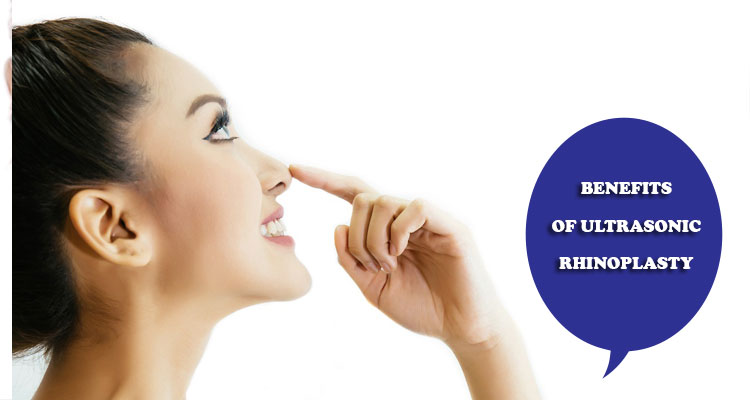
With the help of the piezo method, which is a less invasive method, patients’ recovery period is reduced and these people can quickly and only after a 7-day recovery period after rhinoplasty in Iran, go to university or workplace. Since damage to blood vessels and cartilage is minimized, so the patient feels less pain during recovery. As a result, he will recover faster and resume his daily activities.
New technologies for rhinoplasty surgery allow surgeons to obtain and present a more accurate result. Because rhinoplasty is usually performed on younger people, and this group makes up a wide range of potential patients, this method reduces their fear and is more in demand.
In general, since this method uses softer and more accurate tools, minimal bone cutting and destruction is performed, which in turn reduces the risk of wounds and sutures caused by rhinoplasty nose surgery. This method will have a more stable result due to its higher accuracy.
Treatment of nasal deviations and defects using ultrasonic energy does not have special conditions and all people who have the necessary and general conditions for rhinoplasty can use this technique.
More precision when sculpting the nose: it shapes the nasal bone more accurately and prevents unwanted fractures even in unstable fragile bones.
Less tissue damage: Less trauma leads to less edema, swelling and ecchymosis (bruising on the face). These complications often occur in conventional rhinoplasty and are one of its main drawbacks.
More stable and natural results: Structural changes can be made with less asymmetry and irregularity, thus ensuring permanent changes over time.
Much faster recovery: With less damage, patients return to normal life in a much shorter time.
What cosmetic concerns does rhinoplasty with ultrasonic address?
1.Shape of nose: An open rhinoplasty in Iranwill allow for maximum visualization of the nasal bone for precise ultrasonic wave alterations and contouring reducing bumps and the dorsal hump.
2.Nasal size: The open rhinoplasty in Iran procedure allows extensive soft tissue changes (such as nasal cartilage and nasal skin) in addition to contouring the nasal bone with high ultrasonic waves.
3.Nasal Angle: Genetics or nasal trauma (think: nasal fracture) can cause a crooked nose, a crooked nose, or concerns about the angle of the nose, and these concerns can be addressed with surgery.
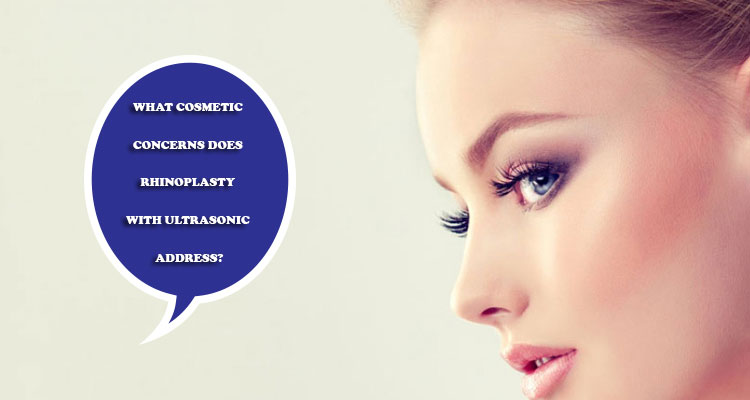
What are the risks of the new method of rhinoplasty?
In fact, all the beauty methods that are being practiced today may be associated with risks and dangers for the individual.
This method is generally safe due to less bleeding and the possibility of low swelling and bruising. But because the nose is shaped directly and under direct supervision, this rhinoplasty in Iran technique can lead to moderate swelling and bruising in the first 48 hours after surgery.
Although in this method, as in other methods, risks and complications have been reported, but by taking care before and after treatment, the incidence of these complications can be reduced and more prepared to treat.
What are the recommendations before ultrasonic nose surgery?
rhinoplasty in Iran is a special field in cosmetic surgery. You need to choose the right place and the right team to take care of your nose.
Also, you need to have a deep understanding of how you feel about your nose. Patients should discuss their goals and expectations with the plastic surgery to ensure excellent results.
Your doctor will take measurements as part of your nose and face analysis. He or she will also perform a functional assessment of your breathing, both open-mouthed and closed-mouthed.
In addition, your surgeon takes high-resolution photos and uses digital computer imaging to give you an idea of what your nose will look like after surgery.
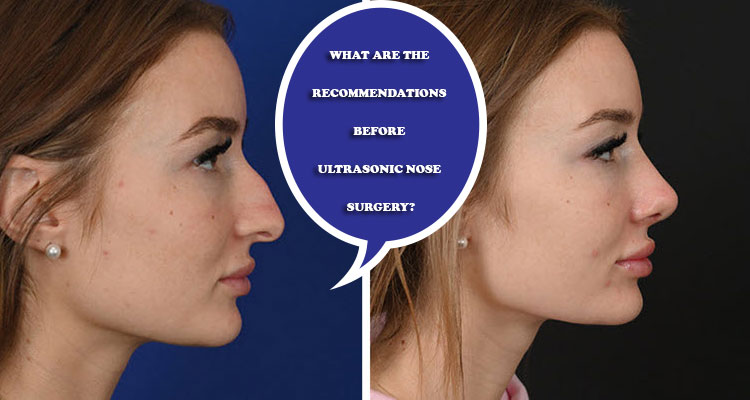
Other preoperative recommendations that you should follow are:
- Go preoperative anesthesia counseling.
- If you have a history of the diseases, perform preoperative blood tests and necessary medical evaluations.
- Depending on the medication, you may be asked to discontinue or change certain medications.
- You should avoid aspirin or anti-inflammatory drugs such as ibuprofen for a week before surgery. These medications can have interference with blood clotting.
Quit smoking at least two weeks before surgery! Smokers are at higher risk for poor wound healing as well as a higher chance of infection.

Recovery and results
The results of ultrasonic rhinoplasty do not depend solely on the skill of the plastic surgeon. The patient should follow the instructions to recover.
You may need to take a week off work to fully recover. Conversely, traditional rhinoplasty patients often require two weeks off work.
There is little or no pain after surgery. You should experience slight swelling and bruising.
However, the experience of mild respiratory problems is normal
The first week after rhinoplasty in Iran
- A nasal splint is needed to keep the nasal bones in position during the recovery period.
- At the time of splint removal, most patients experience little or no bruising.
- It is recommended to sleep in an up-right elevated position with a few pillows. This will contribute decrease any swelling that may happen.
- To avoid contact with the nose, it is better to sleep on your back instead of lying on your front or side.
- You should avoid sun exposure for the first few months after surgery.
- Do not do strenuous exercise for at least the first four weeks.
In terms of results, you will see the difference after 1 to 3 months. However, the final results will be significant after a year.
In fact, there is no quick track to the final results of ultrasonic rhinoplasty. However, there are many benefits in having an immediate recovery period and the quality of the results.
